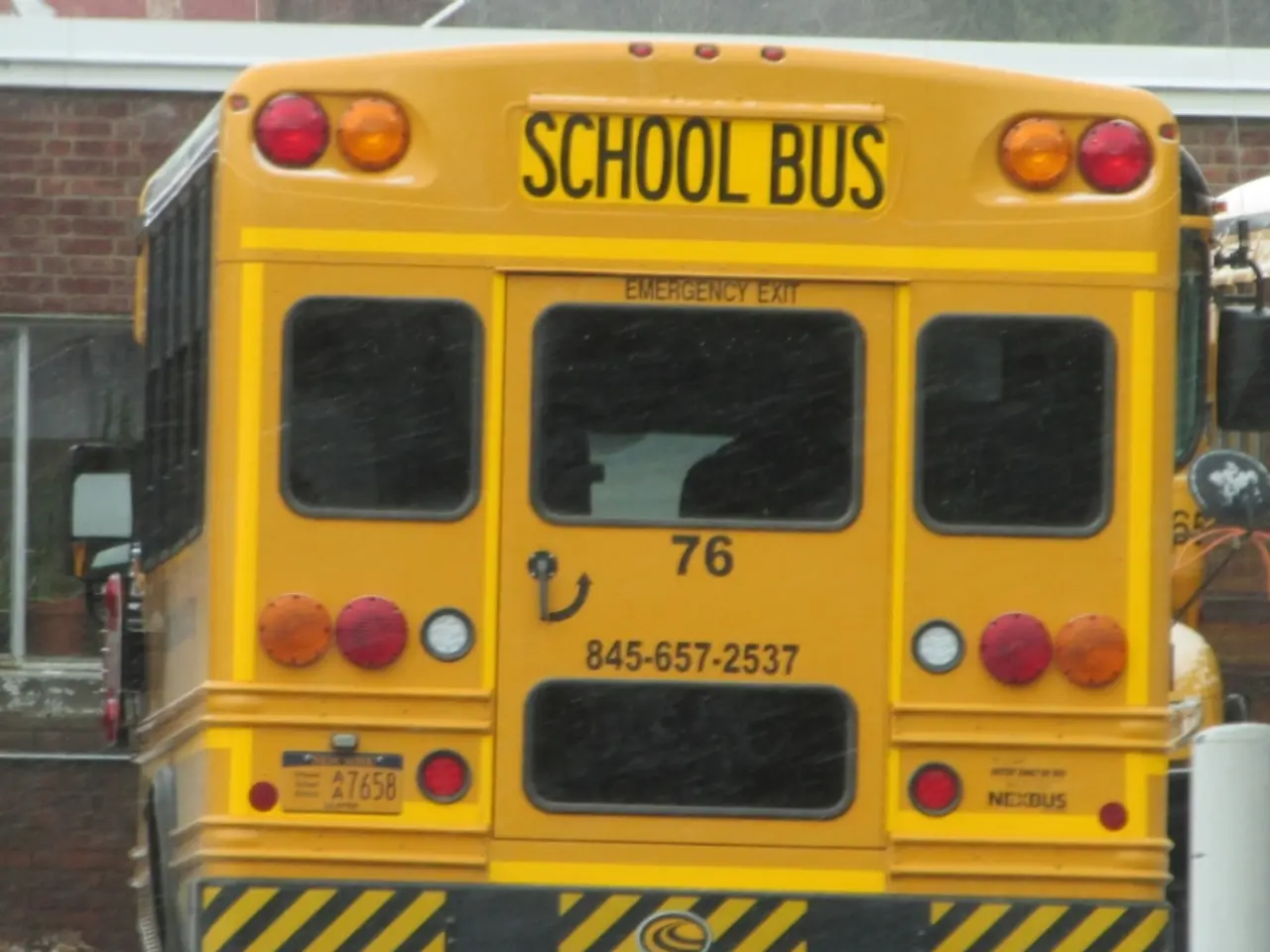Texas School Vouchers Potentially Creating Financial Strain for Public School Districts Over Extended Period, According to KBRA Research
The state of Texas has established a new Educational Savings Account (ESA) program, following Senate Bill 2 (SB 2) in 2025. This program, often referred to as private school vouchers, is projected to impose downward pressure on public school district credit quality by reducing student enrollment and thereby reducing enrollment-based funding over time.
Starting with a $1 billion budget in the 2026-27 school year, the program will allocate around $10,000 to $12,000 per eligible student annually for private K-12 education. The Legislative Budget Board anticipates that the program could grow to $5 billion per year by fiscal year 2030. This growth implies an increase in the number of students opting out of public schools, potentially reaching 100,000 students initially, about 1.6% of Texas K-12 enrollment.
Since public school funding in Texas is largely based on average daily attendance, even incremental student enrollment losses to the ESA program directly reduce district revenues, which can lead to credit deterioration for those districts. Rating agencies such as Moody’s and KBRA have noted the negative credit implications for Texas public schools due to diverted funding and enrollment declines.
The projected growth of the ESA program could expand fiscal exposure significantly, potentially escalating costs to $4.8 billion by 2030, raising concerns about the sustainability and equity of local education funding. The program's impact will depend on factors such as program uptake, private school capacity, and legislative appropriations in coming years.
Additional complexities arise from the inclusion of pre-kindergarten students and those with special needs in the ESA program. Pre-K students eligible for public pre-K services may receive ESA funds above $10,000, while special needs students could qualify for up to $30,000. However, since private schools are not required to follow Individualized Education Plans (IEPs) to the same extent as public schools, this may affect service delivery and funding stability.
Contact information for key personnel at KBRA, a major credit rating agency registered in the U.S., EU, and the UK, and recognized as a Qualified Rating Agency in Taiwan and a Designated Rating Organization for structured finance ratings in Canada, is as follows:
- William Baneky, Managing Director: 1 646-731-2409 or [email protected]
- James Kissane, Senior Director: 1 646-731-2380 or [email protected]
- Karen Daly, Senior Managing Director: 1 646-731-2347 or [email protected]
- Peter Scherer, Senior Director: 1 646-731-2325 or [email protected]
- Adam Tempkin, Senior Director of Communications: 1 646-731-1347 or [email protected]
Most voucher funding may initially go to students already outside of the public school system, but districts will lose enrollment-based funding for each incremental student that foregoes public school enrollment. The magnitude of impact will depend on the factors mentioned above, making it crucial for districts to adapt and find mitigating strategies or offsets to maintain their financial stability.
[1] Texas Education Agency Press Release [2] Business Wire Press Release [3] KBRA Research Report [4] Texas Education Code Section 54.063
- The ESA program, with an initial budget of $1 billion in the 2026-27 school year, may potentially affect not only public school funding but also the credit quality of districts due to enrollment declines, as noted by rating agencies like Moody’s and KBRA.
- As general news, the new educational savings account program in Texas, often referred to as private school vouchers, is expected to impact the finance sector significantly, growing to $5 billion per year by 2030, according to the Legislative Budget Board.
- In the realm of education-and-self-development, the inclusion of pre-kindergarten students and those with special needs in the ESA program may create complexities regarding service delivery and funding stability due to the different requirements between private and public schools, particularly concerning Individualized Education Plans (IEPs).




